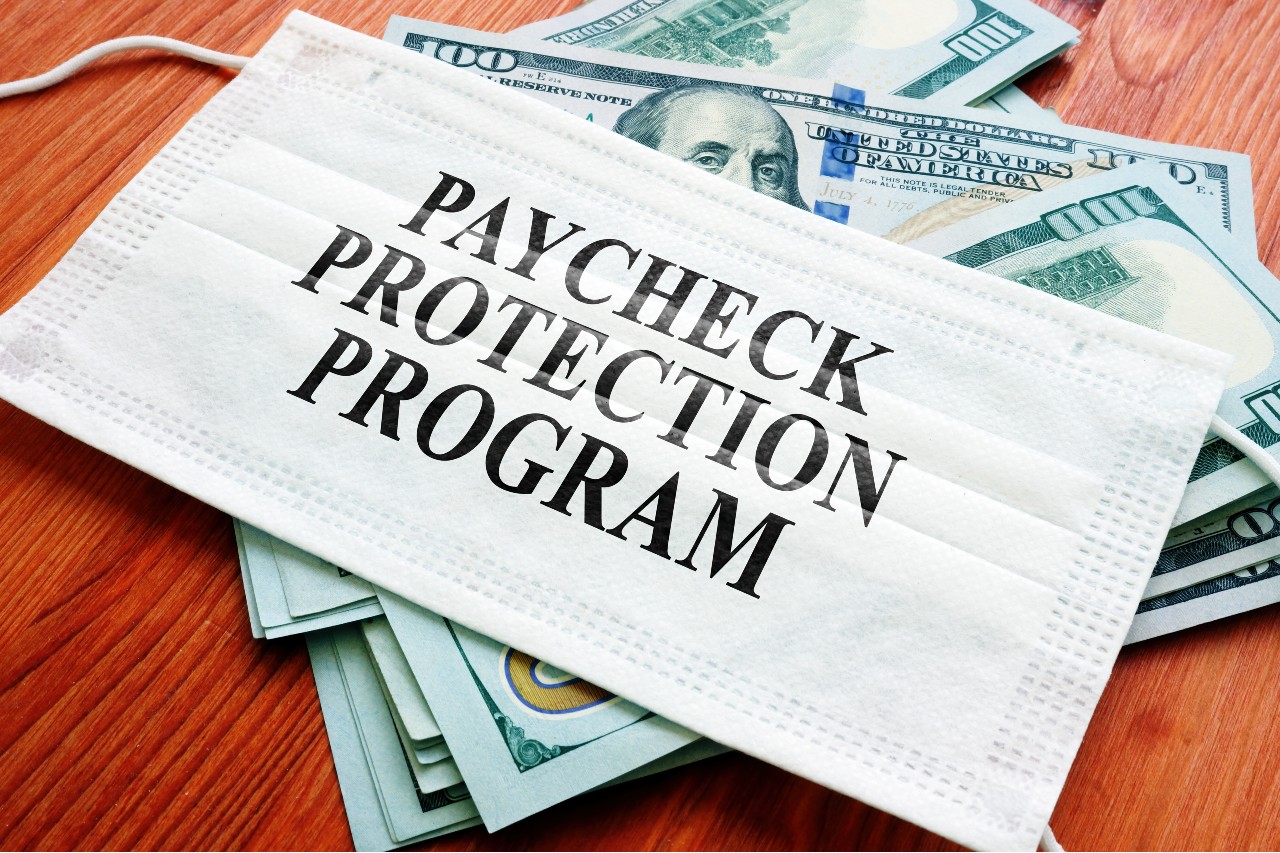
Editor's note: Be sure to read the other articles in this series:
- Consolidated Appropriations Act deep dive: Impact on Families First Coronavirus Relief Act's paid leave provisions
- Consolidated Appropriations Act deep dive: Health and dependent care flexible spending accounts
When the Consolidated Appropriations Act of 2021 (CAA) became law on December 27, 2020, it gave new life to two programs that have provided economic relief to American businesses from the early days of the pandemic: the Paycheck Protection Program and the Employee Retention Tax Credit. The new economic stimulus measure expands and improves upon these programs, which are helping companies continue to employ and pay their employees through the economic downturn, including by offsetting employee benefit costs.
Paycheck Protection Program
The Paycheck Protection Program (PPP) helps small and mid-sized businesses keep their workers insured and on the payroll by offering low-interest and largely forgivable loans. The Coronavirus Aid, Relief, and Economic Security Act (CARES Act), enacted in March of 2020, created the PPP. After the initial PPP funding ran out within days of the program's launch, Congress appropriated more PPP funds this past June. The program expired before this second round of funding was exhausted.
Continue Reading for Free
Register and gain access to:
- Breaking benefits news and analysis, on-site and via our newsletters and custom alerts
- Educational webcasts, white papers, and ebooks from industry thought leaders
- Critical converage of the property casualty insurance and financial advisory markets on our other ALM sites, PropertyCasualty360 and ThinkAdvisor
Already have an account? Sign In Now
© 2024 ALM Global, LLC, All Rights Reserved. Request academic re-use from www.copyright.com. All other uses, submit a request to [email protected]. For more information visit Asset & Logo Licensing.








